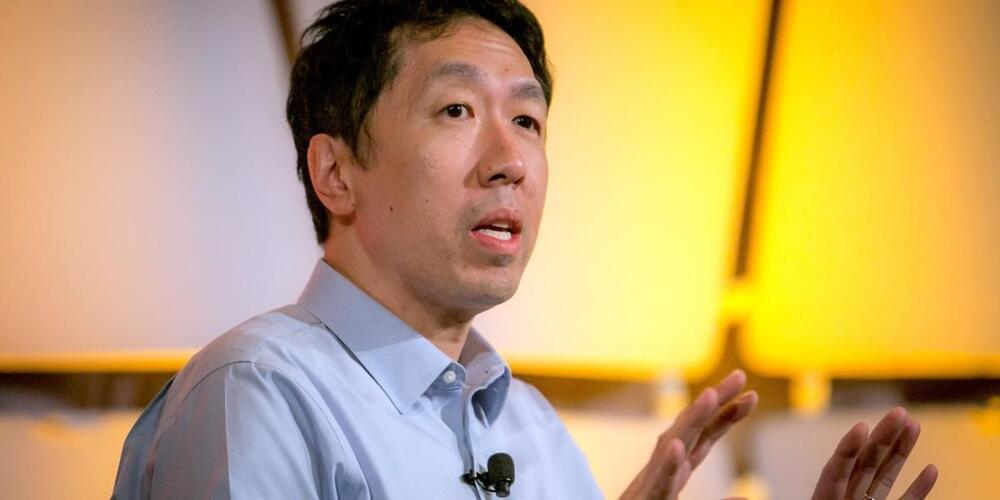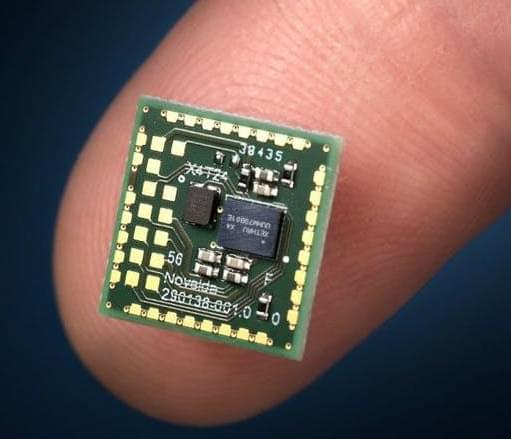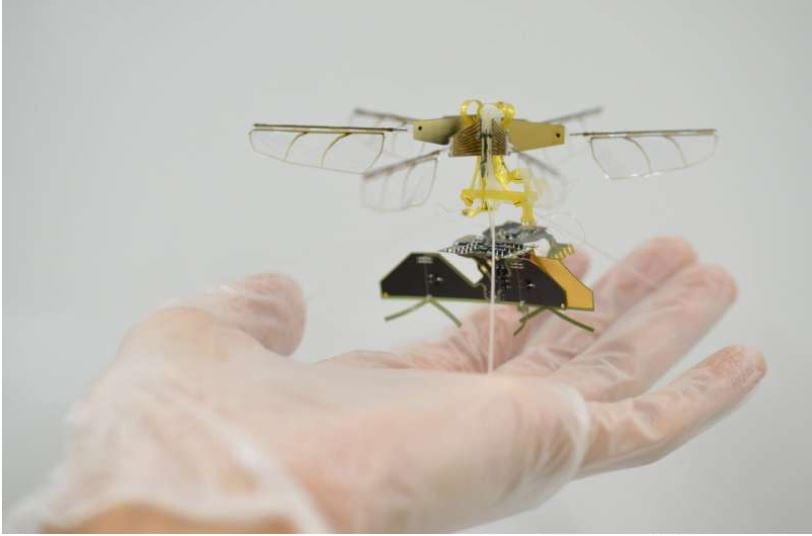An AI pioneer reflects on how companies can use machine learning to transform their operations and solve critical problems.



JinkoSolar has announced that it has launched the 2021 series of Tiger Neo modules. The new technology promises to be much more efficient.
The new Tiger Neo adopts N-type TOPCon technology with further enhancements in performance, power, energy density and reliability. In mass production, the new module delivers a maximum power output of up to 620 watts and an ultra-high conversion efficiency of up to 22.30 per cent.
JinkoSolar’s N-type TOPCon technology provides about 5 per cent to 6 per cent more efficiency than mono PERC and about 3 per cent to 4 per cent more energy generation. Mass produced from 182mm wafers, the new Tiger Neo modules feature Multi-Busbar (MBB) and half-cut cell technology to reduce internal resistance loss, and the circular solder strip design increases optical gain so that the module has an ultra-high efficiency of up to 22.30 per cent.
Tiger Neo’s bifacial factor of up to 85 per cent is a great advantage because it allows about 5 per cent to 15 per cent higher energy yield compared to conventional P-type bifacial modules in its life-time period. A higher bifacial factor also improves its power generation capacity and power generation efficiency.

It may have seemed like an obscure United Nations conclave, but a meeting this week in Geneva was followed intently by experts in artificial intelligence, military strategy, disarmament and humanitarian law.
The reason for the interest? Killer robots — drones, guns and bombs that decide on their own, with artificial brains, whether to attack and kill — and what should be done, if anything, to regulate or ban them.
Once the domain of science fiction films like the “Terminator” series and “RoboCop,” killer robots, more technically known as Lethal Autonomous Weapons Systems, have been invented and tested at an accelerated pace with little oversight. Some prototypes have even been used in actual conflicts.

It’s often said Earth’s resources are finite. This is true enough. But shift your gaze skyward for a moment. Up there, amid the stars, lurks an invisible bonanza of epic proportions.
Many of the materials upon which modern civilization is built exist in far greater amounts throughout the rest of the solar system. Earth, after all, was formed from the same cosmic cloud as all the other planets, comets, and asteroids—and it hardly cornered the market when it comes to the valuable materials we use to make smartphone batteries or raise skyscrapers.
A recent study puts it in perspective.
Earth’s resources are finite, but shift your gaze skyward for a moment. Up there, amid the stars, lurks an invisible bonanza of epic proportions.

Exactly one month ago today, Elation Hypercars threw its hat into the ring and unveiled its first four-wheeled beast known as Freedom. The all-electric hypercar, which promises a staggering 1,400 horses and a 400-mile range, is due to be delivered in 2022 and now has its first prototype.
It was named after a hunting dog and is equally fierce.
Jeff Bezos’ Blue Origin has announced an ambitious plan to operate its own commercial space station called Orbital Reef sometime after 2024.
“Designed to open multiple new markets in space, Orbital Reef will provide anyone with the opportunity to establish their own address on orbit,” the company announced on Monday. Blue Origin describes the station as a “mixed used business park” in space. Orbital Reef will reside in a low Earth orbit at 310 miles, and function as a hub for research, commerce, tourism and logistics, where spaceships can also come and go.
Jeff Bezos’s company is partnering with Sierra Space and Boeing to build the space station, which is meant to be an orbiting business park.


Researchers at Toyota Central R&D Labs have recently created an insect-scale aerial robot with flapping wings, powered using wireless radiofrequency technology. This robot, presented in a paper published in Nature Electronics, is based on a radiofrequency power receiver with a remarkable power-to-weight density of 4,900 W kg-1.
“Small drones typically have a very limited operating time due to their power source,” Takashi Ozaki, one of the researchers who carried out the study, told TechXplore. “The purpose of our recent research was to overcome this limitation. Currently, no-contact power supply using electromagnetic waves has been put to practical use in various products, but it was unknown how far it could be applied to small flying robots.”
The main objective of the recent study by Ozaki and his colleagues was to power an insect-size flying robot using no-contact, wireless charging technology. The robot created by the researchers is essentially comprised of a flapping, piezoelectric actuator that is powered through a 5 GHz dipole antenna.
“We will constantly be ‘within’ the internet, rather than have access to it, and within the billions of interconnected computers around us,” Ball wrote in his Metaverse Primer. Mark Zuckerberg described the metaverse similarly, calling it “an even more immersive and embodied internet.” Picture this: you strap on a headset or pair of goggles, flick a switch, and boom—you’re still standing in your living room, but you’re also walking through a 3D world as an avatar of yourself, and you can interact with other people who are doing the same thing from their living rooms.
Being constantly within the internet doesn’t sound all that appealing to me personally—in fact, it sounds pretty terrible—but the good news for those with a similar sentiment is that the “full vision” of the metaverse, according to Ball, is still decades away, primarily because of the advances in computing power, networking, and hardware necessary to enable and support it.
In fact, according to Raja Koduri, VP of Intel’s accelerated computing systems and graphics group, powering the metaverse will require a 1,000-fold improvement on the computational infrastructure we have today. “You need to access to petaflops [one thousand teraflops] of computing in less than a millisecond, less than ten milliseconds for real-time uses,” Koduri told Quartz. “Your PCs, your phones, your edge networks, your cell stations that have some compute, and your cloud computing need to be kind of working in conjunction like an orchestra.”
